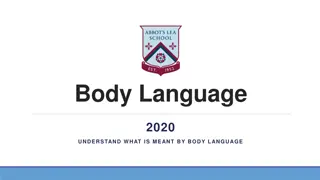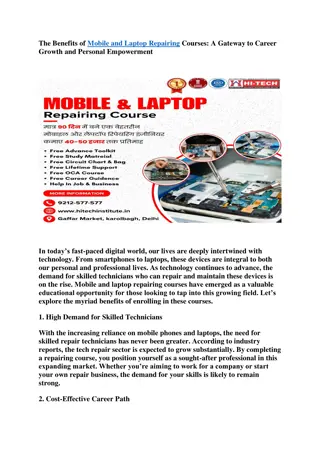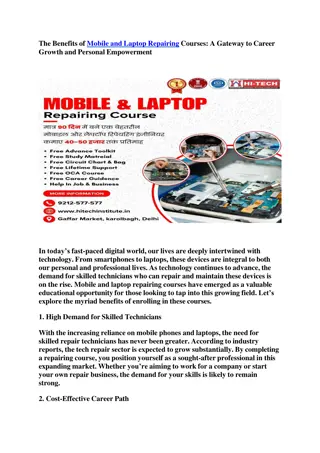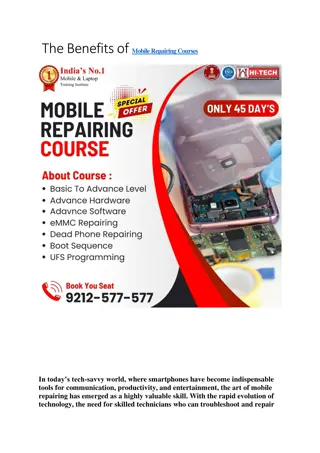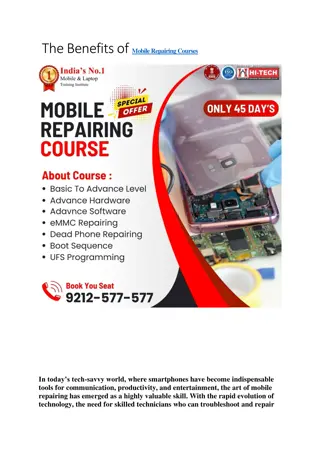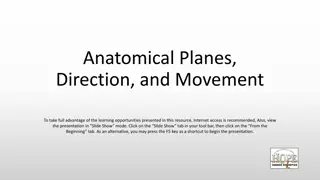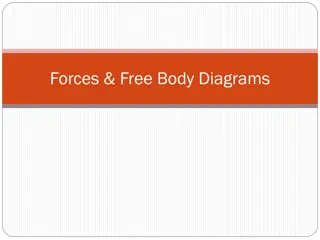Free Body Diagramm
Understand the concept of free body diagrams with detailed explanations of assumptions, steps, and exercises. Learn how to draw and label forces, include critical angles, and choose coordinate axes for various scenarios.
Download Presentation

Please find below an Image/Link to download the presentation.
The content on the website is provided AS IS for your information and personal use only. It may not be sold, licensed, or shared on other websites without obtaining consent from the author.If you encounter any issues during the download, it is possible that the publisher has removed the file from their server.
You are allowed to download the files provided on this website for personal or commercial use, subject to the condition that they are used lawfully. All files are the property of their respective owners.
The content on the website is provided AS IS for your information and personal use only. It may not be sold, licensed, or shared on other websites without obtaining consent from the author.
E N D
Presentation Transcript
Assumptions Tension always acts along a rope or string and Has the same magnitude at each point of the rope. Ropes, strings, springs are massless. And indestructible unless specified. See chapter 5.3
Free Body Diagram in 4 Steps: Isolate a body. Draw and label all the forces acting on the body. Include critical angles and directions. Choose coordinate axes.
Step 1: Isolate a body Draw a body as a point or a box somewhere convenient. You want to abstract the problem from the actual image/drawing and create it into the schematic.
Step 2: Draw and Label All the Forces Acting on the Body There are 5 forces to remember about: W A N T F? Weight: vertically downward, applied to the center of a body. Applied: as stated in a problem. Normal: perpendicular to the surface in contact and away from the surface. Applied to the middle point of surface in contact. Tension: along a rope/string/spring and away from the body. Friction: parallel to the surface in contact, in the direction opposite to the motion or impending motion. Applied to the middle point of surface in contact.
Step 3: Include critical angles and directions Angles stated in a problem need to be represented on the free body diagram, unless (very uncommon) irrelevant. Note: in case of a body on an inclined plane, the angle of the incline typically translates into the angle between the direction of the normal force and direction of the weight.
Step 4: Choose the x- and y- Coordinate Axes If an object is accelerating, choose the x-axis in the direction of acceleration, with the y-axis perpendicular to x-axis. If an object is moving with constant velocity, choose the x-axis in the direction of velocity, with the y- axis perpendicular to x-axis. If an object is at rest, but in contact with a surface, choose the x- axis along the surface, with the y-axis perpendicular to x- axis. If an object is at rest, but is not in contact with any surfaces, any choice will do. Note: make sure you are using the right- hand coordinate system!
Exercise 1: Object at Rest on a Horizontal Plane This is a simple choice, and up and down directions don t matter here, make the convenient choice so that there are fewest components of the forces to be found.
Exercise 2: Object on an Inclined Plane Coordinates system can be at the angle!
Exercise 3: Connected Bodies Hints: Do the FBD for each body separately! Pulley redirects the force







